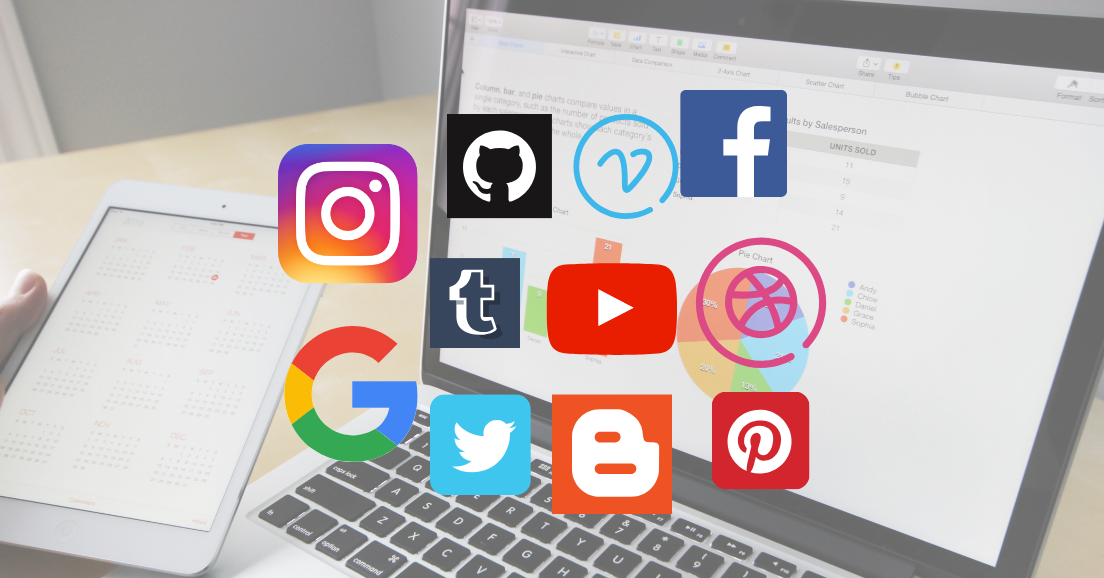Social media has transformed how we communicate, connect, and consume information. But it’s not just individuals reaping the benefits—businesses, too, are diving deep into the world of social platforms to uncover valuable insights. Enter social media analysis, a game-changing process that goes beyond counting likes and shares. It helps brands understand their audience, optimize campaigns, and even predict trends.
Imagine social media analysis as the compass guiding your business strategy through the ever-changing digital landscape. In this article, we’ll explore what social media analysis is, its benefits, tools, challenges, and the exciting trends shaping its future. Ready to unlock the full potential of social media? Let’s dive in!
What Is Social Media Analysis?

Definition and Overview
Social media analysis refers to the process of collecting, analyzing, and interpreting data from social media platforms to gain insights. It allows businesses to understand audience behaviors, measure campaign success, and track brand performance.
Why Is It Important?
In today’s digital age, social media platforms serve as a treasure trove of customer insights. By leveraging media analysis, businesses can make informed decisions, optimize marketing strategies, and stay ahead of competitors.
The Evolution of Social Media Analysis
Early Methods
Initially, social media monitoring relied heavily on manual data collection and basic metrics like follower count and post engagement. This approach was time-consuming and lacked depth.
Modern Techniques
Today, advanced algorithms and AI-powered tools make media analysis more sophisticated. These tools provide actionable insights, such as audience sentiment and predictive trends.
Components of Social Media Analysis
Data Collection
Sources of Social Media Data
Social media data comes from various sources, including posts, comments, shares, likes, and even direct messages. Platforms like Facebook, Twitter, and Instagram are goldmines for data.
Tools for Data Collection
Popular tools like Hootsuite and Sprout Social simplify data collection by automating the process and providing dashboards for easy interpretation.
Metrics and KPIs
Engagement Metrics
Metrics such as likes, shares, comments, and click-through rates are key indicators of how audiences interact with your content.
Audience Demographics
Understanding your audience’s age, location, gender, and interests can help tailor content to resonate with specific groups.
Sentiment Analysis
Positive, Negative, Neutral Sentiments
Sentiment analysis gauges the emotions behind social media mentions. Are your customers happy, dissatisfied, or indifferent?
Tools for Sentiment Analysis
Tools like Brandwatch and AIM Insights specialize in sentiment analysis, enabling businesses to monitor public perception.
Benefits
Enhanced Customer Understanding
Gain a deeper understanding of what your audience wants, needs, and values.
Improved Campaign Performance
Use insights to refine strategies, ensuring better engagement and ROI.
Crisis Management
Identify and address potential PR issues before they escalate.
Social Media Analysis Tools
Free Tools
Key Features
Free tools often provide basic analytics such as engagement and reach.
Best Free Tools to Use
Google Analytics, Buffer, and TweetDeck are excellent options for beginners.
Paid Tools
Advanced Features
Paid tools offer in-depth analytics, predictive insights, and custom reporting.
Popular Paid Tools
AIM Insights, Hootsuite, and Socialbakers are popular choices for businesses looking to maximize their social media strategies.
How to Conduct Social Media Analysis
Define Objectives
Be clear about what you want to achieve—brand awareness, customer insights, or campaign performance.
Choose the Right Tools
Pick tools that align with your objectives and budget.
Collect and Analyze Data
Gather data from your selected platforms and analyze it using your chosen tools.
Implement Insights
Apply the insights to refine your strategies and achieve better results.
Challenges
Data Overload
With so much data available, it’s easy to get overwhelmed. Focus on metrics that matter.
Privacy Concerns
Ensure compliance with privacy laws like GDPR and CCPA when collecting and analyzing data.
Interpreting Data Correctly
Raw data needs context to be meaningful. Invest in tools and expertise to interpret it accurately.
Future Trends
AI and Machine Learning Integration
AI will continue to enhance predictive capabilities and automate repetitive tasks.
Predictive Analytics
Analyzing past data to forecast future trends will become increasingly common.
Increased Focus on Visual Content
With the rise of platforms like Instagram and TikTok, visual content analysis will gain prominence.
Conclusion
Social media analysis is more than just a marketing tool—it’s a strategic asset. By understanding and leveraging data effectively, businesses can connect with their audience, refine campaigns, and drive success in a competitive digital landscape.
Want to see how social media analysis can transform your business strategies? Request a demo from AIM Technologies today and discover cutting-edge tools designed to deliver actionable insights and elevate your brand’s performance.
FAQs
- What is media analysis in simple terms?
It’s the process of analyzing social media data to understand audience behavior and improve strategies. - How can small businesses benefit from media analysis?
They can gain insights into their audience, optimize campaigns, and manage their brand reputation effectively. - What are some popular tools for media analysis?
AIM Insights, Sprout Social, and Google Analytics are widely used. - Can social media analysis predict trends?
Yes, predictive analytics can identify future trends based on past data. - How do privacy laws impact social media analysis?
Businesses must adhere to privacy regulations to avoid legal issues while analyzing user data.




